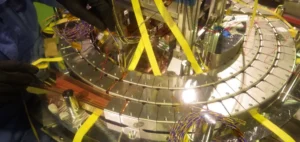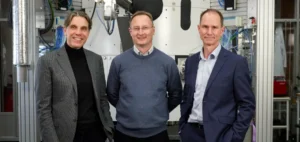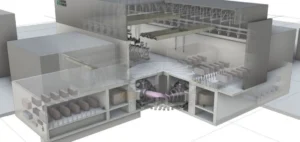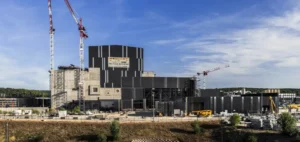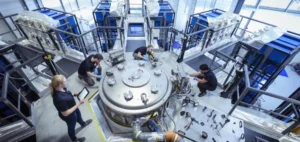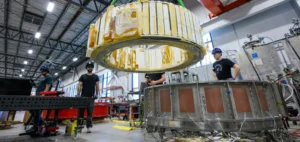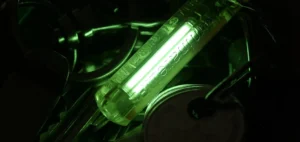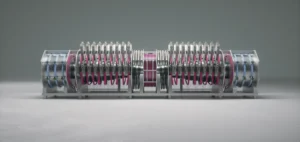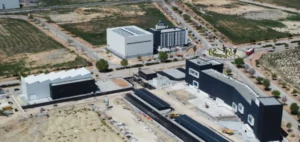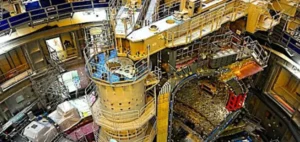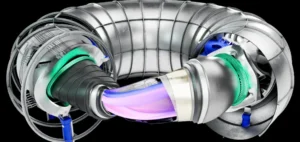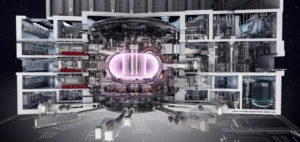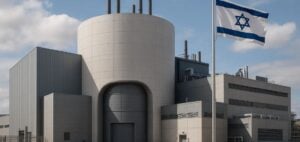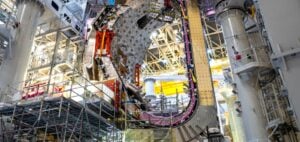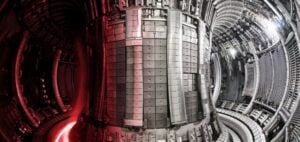Eni has concluded a power purchase agreement worth more than $1bn with Commonwealth Fusion Systems (CFS), covering output from the first 400 MW ARC fusion plant in Chesterfield County, Virginia. Grid connection is envisaged in the early 2030s, with no detailed timetable disclosed. The agreement is presented as the second power offtake signed in three months for this first grid-connected plant. Specific terms, including prices and durations, were not disclosed.
From technology partnership to commercial execution
The power purchase agreement (PPA) formalises the acquisition of low-carbon electricity produced by CFS’s technology. It broadens a relationship that began with technology collaborations to include a commercial dimension. Eni sees it as a way to secure a share of future fusion output from a portfolio perspective. The exact scope, including contracted volumes and indexation mechanisms, has not been made public.
CFS is developing the ARC plant, an acronym for “Affordable, Robust, Compact”, designed for standard grid integration and baseload operations. The planned site has a capacity of 400 MW, a format comparable to medium-sized thermal units. The company says it has firmed up the engineering and supply chain to support progressive industrialisation. The signing of a second offtake in a short period aims to underpin the bankability of the first asset.
Investment timeline and roadmap
Eni has been a shareholder in CFS since 2018 and increased its stake during a $863mn Series B2 funding round. In 2023, the two companies signed a collaboration framework agreement covering operational support, transfer of project methodologies and management of stakeholder relations. The cooperation is structured around project execution, technology qualification and industrial organisation. The two companies position fusion as a sector to be industrialised in the coming decade.
CFS highlights advances in high-temperature superconducting magnets and the construction of the SPARC demonstrator, presented as a prior technical step. The programme foresees a ramp-up towards the grid-destined ARC. The signing with Eni comes amid a diversification of customer demand, including technology players and established energy companies. “The agreement with Eni demonstrates the value of fusion energy on the grid,” said Bob Mumgaard, co-founder and Chief Executive Officer of CFS.
“This strategic collaboration, with a tangible commitment to purchase fusion energy, marks a turning point where fusion becomes a full industrial opportunity,” said Claudio Descalzi, Chief Executive Officer of Eni.



